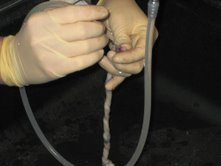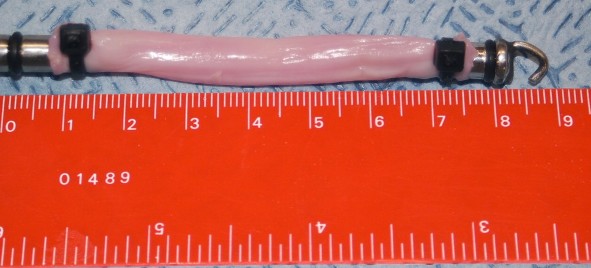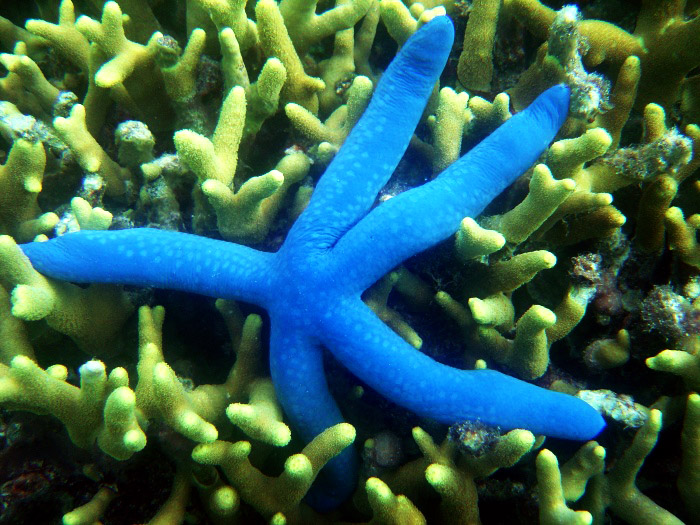Using umbilical veins to cure knee problems
The research: Researchers at the University of Oklahoma used discarded umbilical cords to make new ligaments and tendons. The experiment focuses on the umbilical vein, which provides oxygen to the fetus during pregnancy. First, scientists wash away most of the cells of a discarded umbilical cord vein using detergents. Then, they fill the resulting hollow tube with stem cells that will turn it into a tendon or a ligament.
Advantages: Umbilical cords could avoid graft rejection, a frequent problem in current treatments. The researchers believe that the protein-rich substance that surrounds the human umbilical vein is a biocompatible material that will not upset the immune system. Additionally, once the human umbilical vein is seeded with new cells, it will self-repair and grow into native-like ligament or tendon tissue. The human umbilical vein also reaches similar levels of stiffness and resistance to strain with tendons and ligaments.
Why it matters: Ligaments and tendons are essential body tissues, which following injury, may take a long time to heal because of their limited blood supply. Approximately 200,000 Americans undergo tendon or ligament repair each year.
Next steps: Scientists say at least five years of research are needed before these implants reach clinical trials. Researchers still have to figure out how to strengthen the engineered tendons, make them more permeable to nutrients and attach them to bones.
“The Human Umbilical Vein: A Novel Scaffold for Musculoskeletal Soft Tissue Regeneration”







